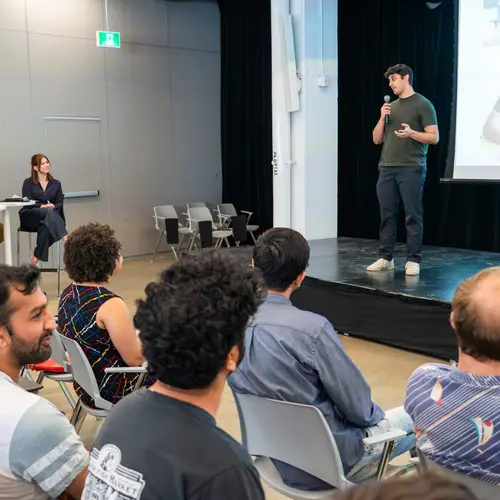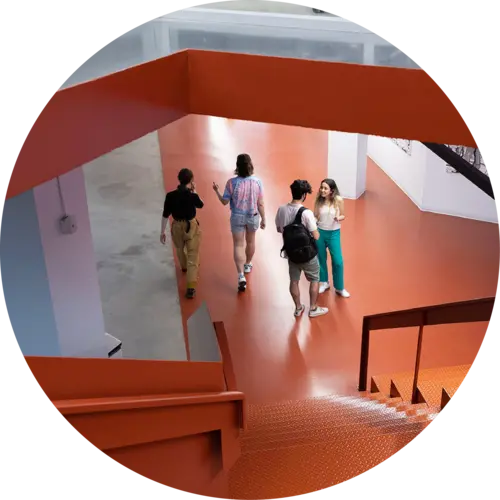
Joyce Chai
Independent visiting researcher
Supervisor
Co-supervisor
Research Topics
Agency
AGI (Artificial General Intelligence)
Conversational AI
Multimodal Learning
Natural Language Processing
Reasoning


